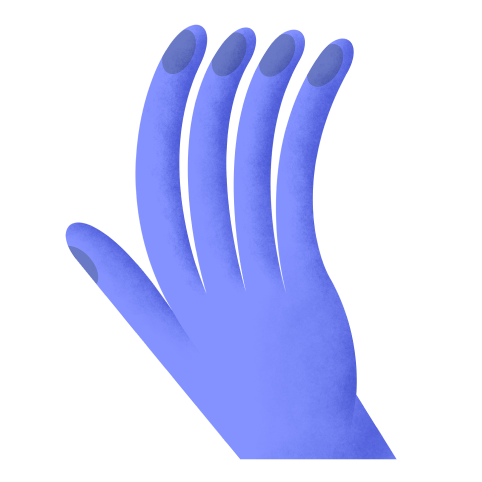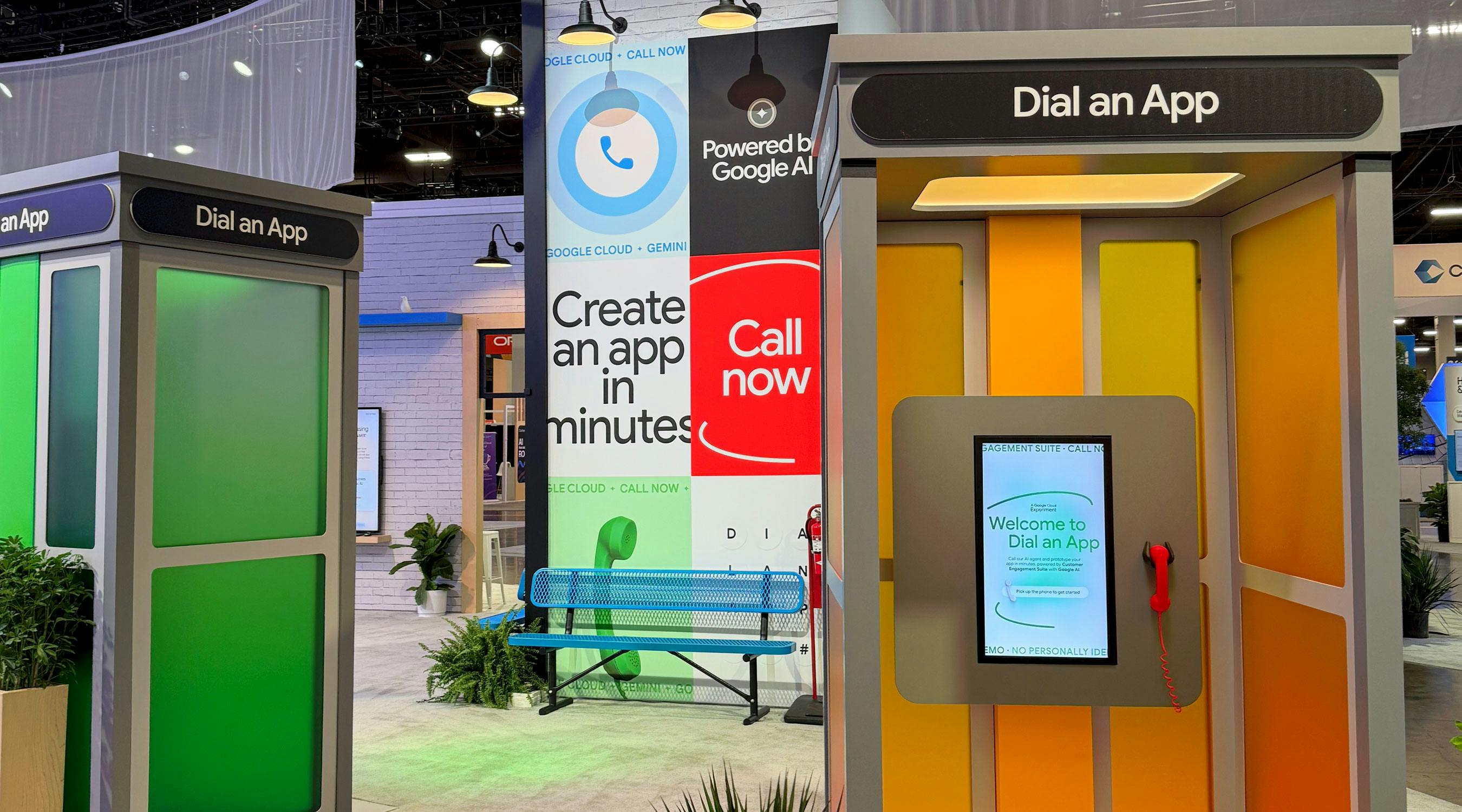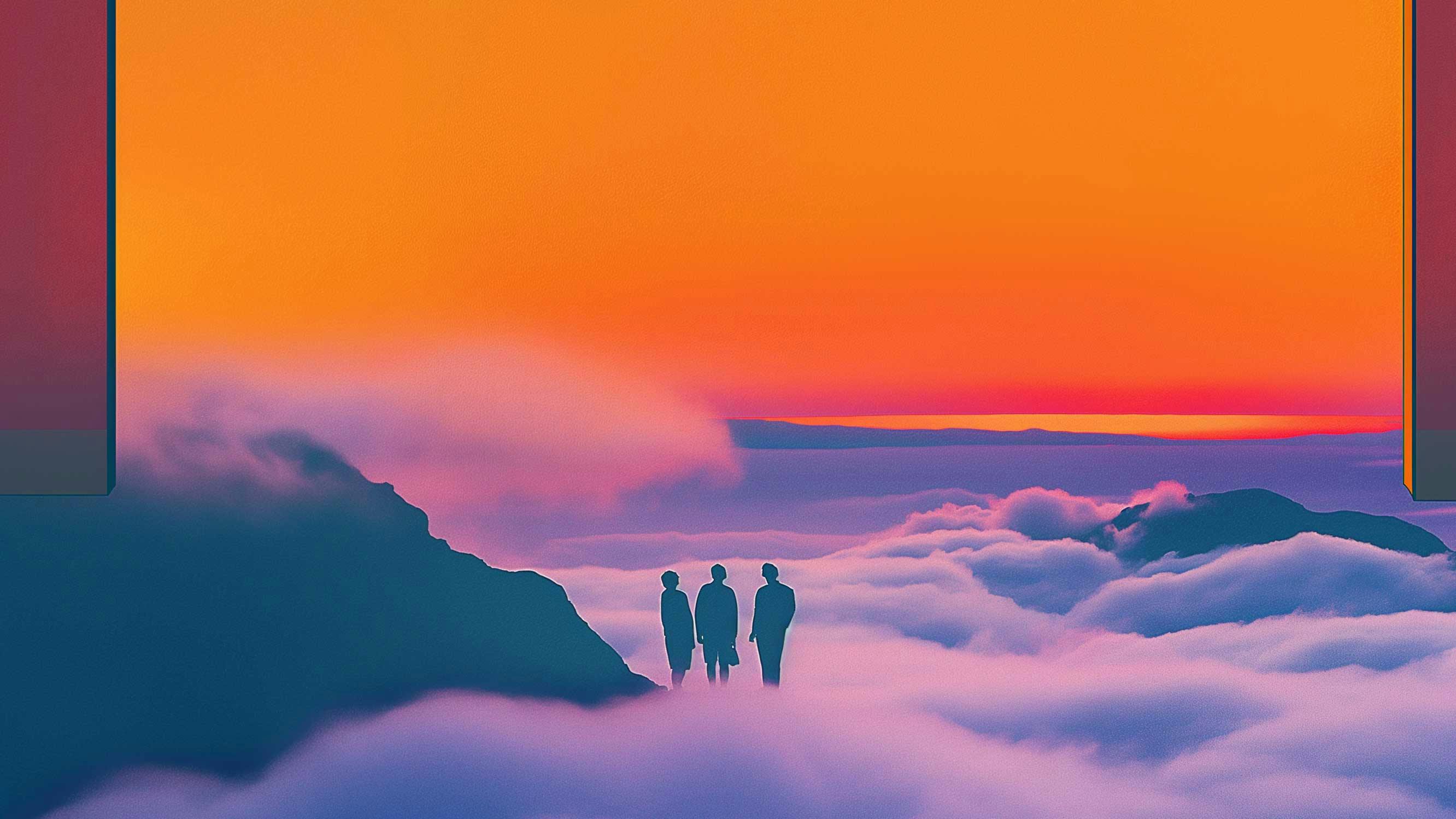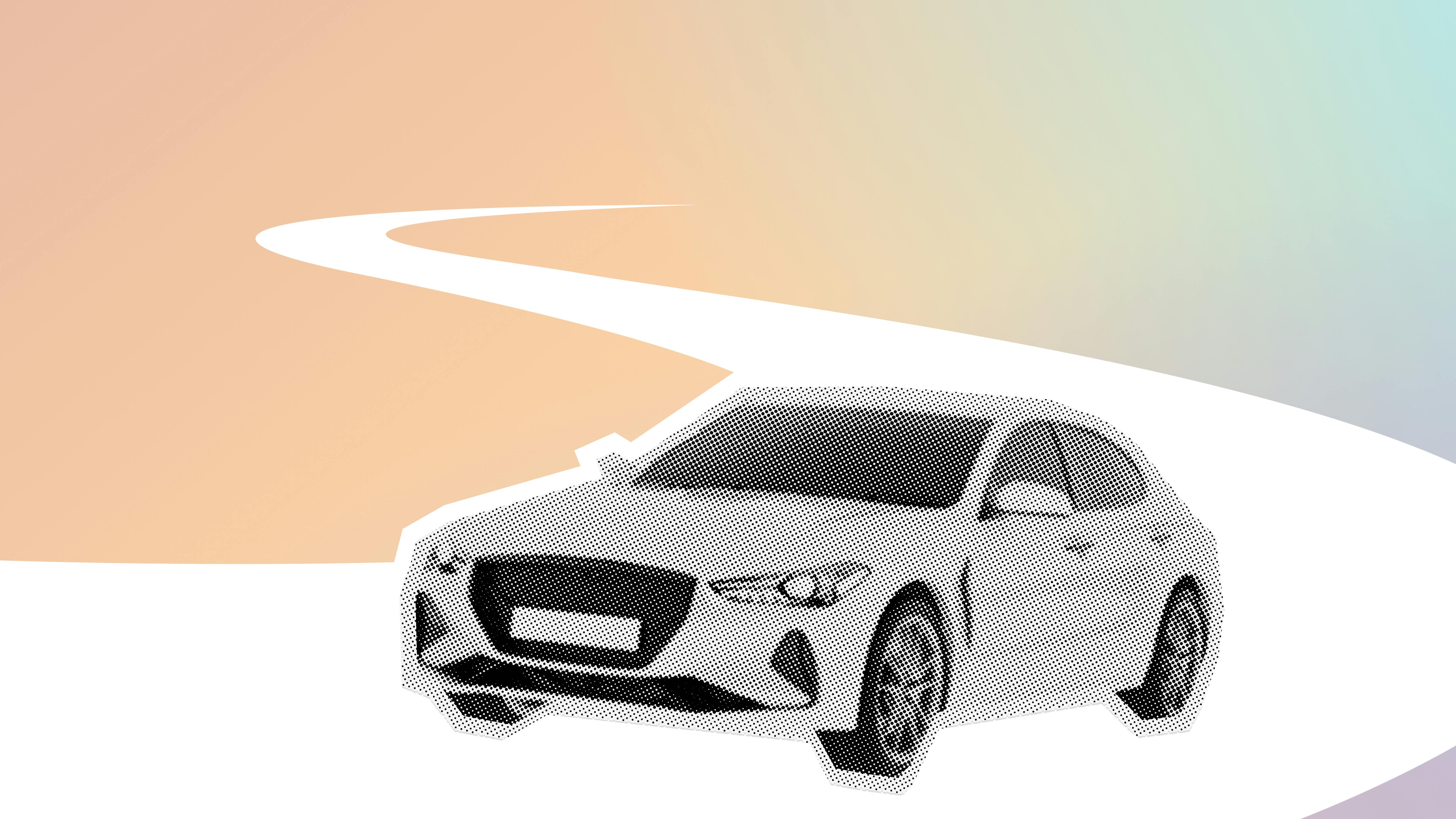
As a studio, we feel fortunate to be a magnet for collaborators with vision, great communicators at the helm and a willingness to break with tradition. We prefer to work nimbly, collaborate openly and problem solve in real-time. It’s one of the reasons we maintain ongoing relationships and friendships with so many of our clients.
And so we thought, what better way to celebrate that good fortune than talking directly with some of our favorite points of contact about the work we’ve done together?!?
We begin with Andrew Rohrlich, Senior Director of Brand and Product Marketing at Fair, who sat down with our CEO and Co-Founder Levi Brooks to chat about nimble creative and ad-hoc workflow during COVID.
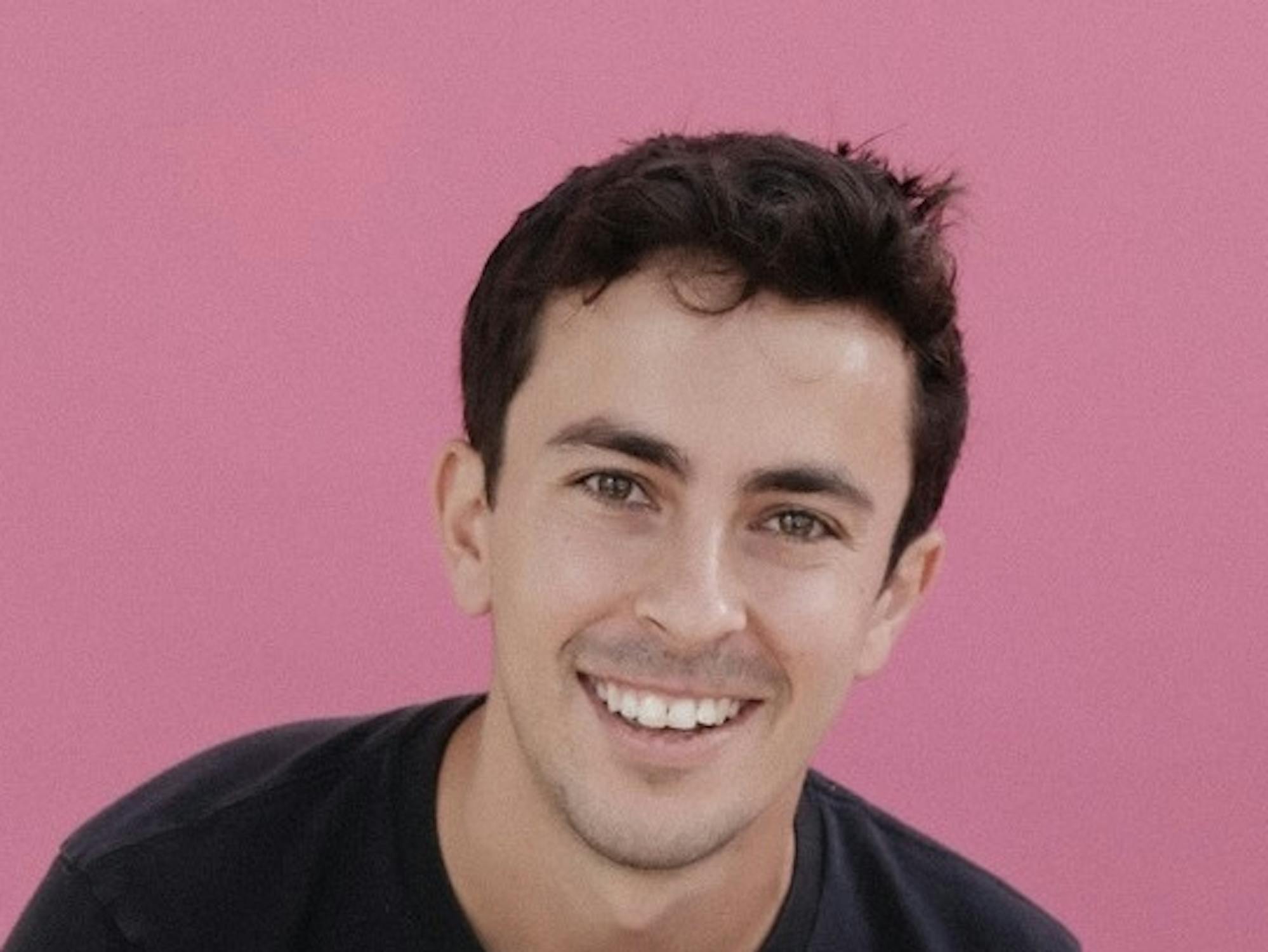
“I've recently rewatched some of the work that we put together -- it's amazing. And the fact that we put that together, all remote, all using footage that was stock is astounding.”
Levi: Thanks for doing this Andrew! To start, what is Fair?
Andrew: Fair is a digital auto retail company based in Southern California. We started out as a consumer subscription app. The app allowed folks to get a car via a subscription or short-term lease and turn it in whenever they were finished with it. Then it morphed into a rideshare-focused brand through a partnership. Then back to consumer subscription and fixed-term leases.
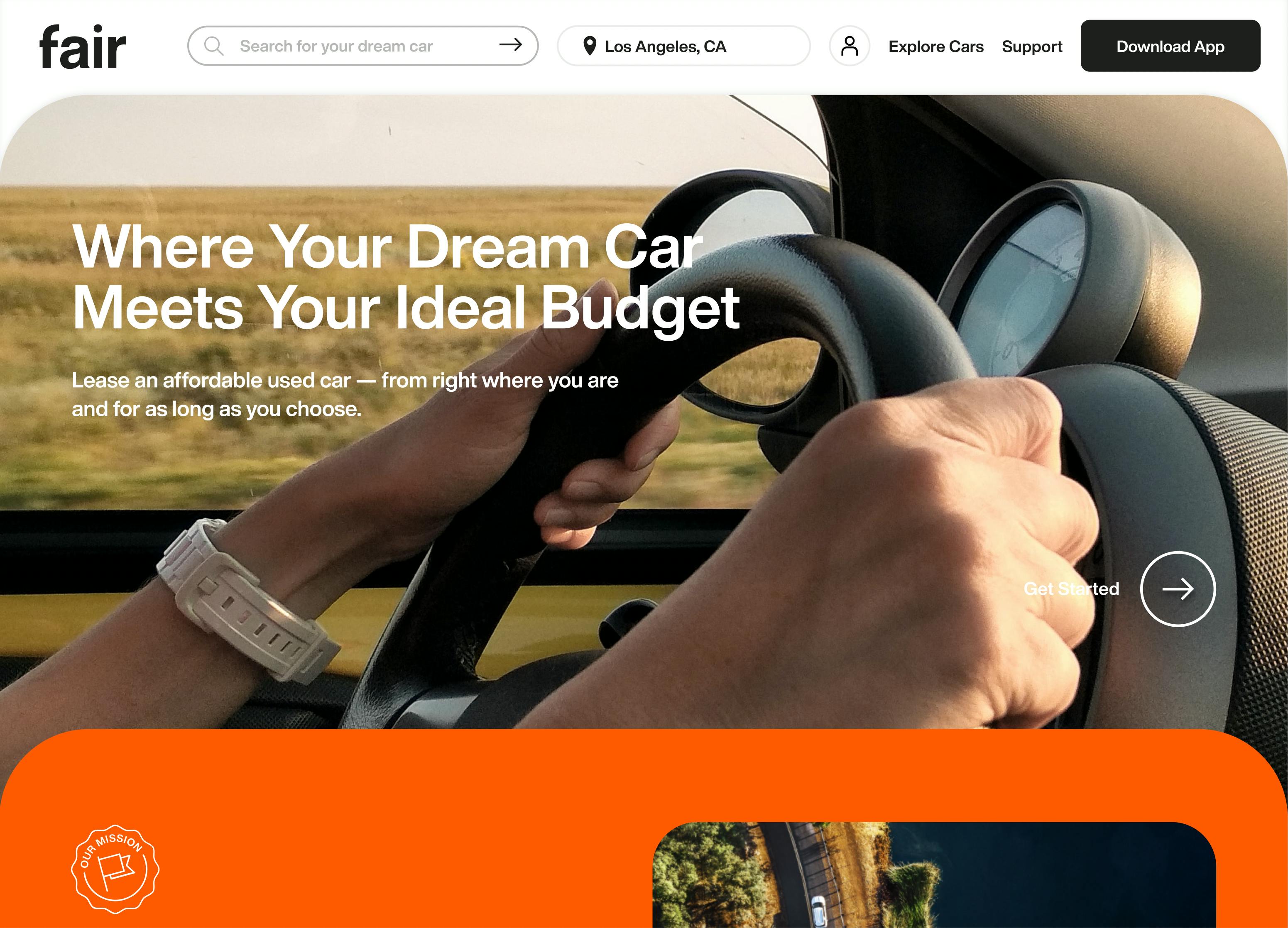
Andrew: Today, we are building a really exciting, much broader digital auto marketplace that offers access to purchase a car however consumers see fit. It gives people an opportunity to choose a loan, cash, lease, subscription, and more.
Levi: Awesome. That flexibility is so important to today’s consumers. In terms of your role, how do you help Fair day to day?
Andrew: With the nature of being a rapidly changing startup, my job changes pretty often. I focus on growth and performance marketing. I work with our creative partners and performance marketing agency partners to run campaigns across all social and digital networks, and I also focus heavily on our CRM and the strategic brand positioning of the company.
“When it came to Use All Five, we spoke the same language. We were able to introduce and move forward. Another thing is that–and maybe this was luck–our teams worked the same way.”
Levi: To that point, we are one of your agency partners and have worked together a couple of times. I’d love to hear what your biggest remote working challenges were and what you felt we learned from them together.
Andrew: I felt working remotely went well, actually. For our first project, we were producing some creative pieces, but of course, we couldn't actually shoot any content, so we had to pull stock but still feel on-brand. It was a huge challenge and one that we navigated together well.
Levi: Oh yes! A challenge but we navigated it well. Working with stock can always be tricky, and I look forward to being able to shoot original content again in the future.
Keeping on that theme, what was it like working with us remotely?
Andrew: I felt that, and not just me, but the team felt that you all natively understood what we were trying to do and understood the brand we wanted to be right away.
We didn't have to discuss how we're going to work. It was organic, essentially almost everything was on Slack, occasional Zoom meetings. We worked super well together. I think that speaks to the flexibility of your team and the way they work.
“Your team elevated our ideas to a place that we couldn't have on our own.”
Levi: I give credit to my team and the early remote work we were already doing. It’s not easy.
It seems the big thing that helped us throughout the pandemic was keeping the teams tight, retaining consistency in terms of who was seeing projects through, helping each other push ideas or things that we were struggling with, and almost bouncing things back and forth between each other. I think small teams have ended up being a good thing.
Andrew: Totally. One of the goals that I had was to keep it as streamlined as possible. It was literally just the people who needed to work with you and your team. I would basically meet with our Creative Director Gloria, and then get final approval from Ed, keeping it as tight as possible to the core group who understood the vision, versus having rounds and rounds of feedback and bureaucracy that muddies the final product.
“The product couldn’t have come together without a small team and a big vision.”
Levi: Love it. What's the future of Fair looking like?
Andrew: Our goal is to create the world's best digital auto marketplace and empower people to get their perfect car online in minutes.
Levi: That's awesome. And that gets into one of my last questions, which was about car buying. Some people have had a hard time buying used cars, prices have gone through the roof, and the process has gotten muddy with the pandemic. It seems like these are all things that you're trying to solve.

Levi: Do you see things getting easier or harder for the incumbents? I'm guessing it is a little bit more difficult, but are there interesting things that you're seeing in terms of how the car buying process is changing?
Andrew: I think that consumer expectations were shifting before COVID, but it was accelerated so much across all categories -- especially buying online. And car buying is interesting because I think there's a feeling that there are so many online car options out there, like Carvana and Shift and Vroom. But less than 1% of these transactions are happening online, which is still small. I think it's important to remember that these are the early days of online car buying. And I think the winner is still being chosen.
There's so much opportunity and so much work to be done in terms of actualizing those consumer expectations.
Today, there are ways to do that, but in some ways, it's lacking. "How do you translate the test driving experience online and get people comfortable with purchasing a $30,000 item without ever sitting in it?" I don't think that's been cracked yet.
Those are the things that I think will have to happen over the next few years to make online car buying the chosen way to conduct that transaction.

Levi: That’s great to hear. I think that test driving is a really interesting one that no one's cracked and it's going to be hard without serious VR or something interesting from a technology standpoint that replicates the feel of a car. I guess some people have money-back guarantees and that kind of thing too, if you're not liking the car. We know that Fair has a lot of creative ideas in terms of how to tackle these challenges and even one-up the in-person experience. So excited to see that. It’s wild, it's happening in housing too -- people are buying expensive houses having only done a virtual tour.
Andrew: There's so much I'm excited about with AI and VR and how we’re taking those technologies and applying them to the space. I think that's where the magic is going to lie. "How do you take the work out of shopping for a car online and turn it into something that’s actually fun?"
We believe that's possible with the technology that we have today, and it's showing in artificial intelligence and recommendation engines. I don't think anybody in the automotive space has done that yet. Right now, the best car buying experiences ultimately boil down to ‘open text box and search’. You're searching for a make and model. That is your starting point. There have to be better and more exciting starting points to guide people to exactly the right car for them. I think how that comes to life is going to be so exciting.
Levi: Exciting indeed. Well, thank you so much for doing this. Follow Fair on Instagram and TikTok, and visit fair.com to see where your next car could take you!
